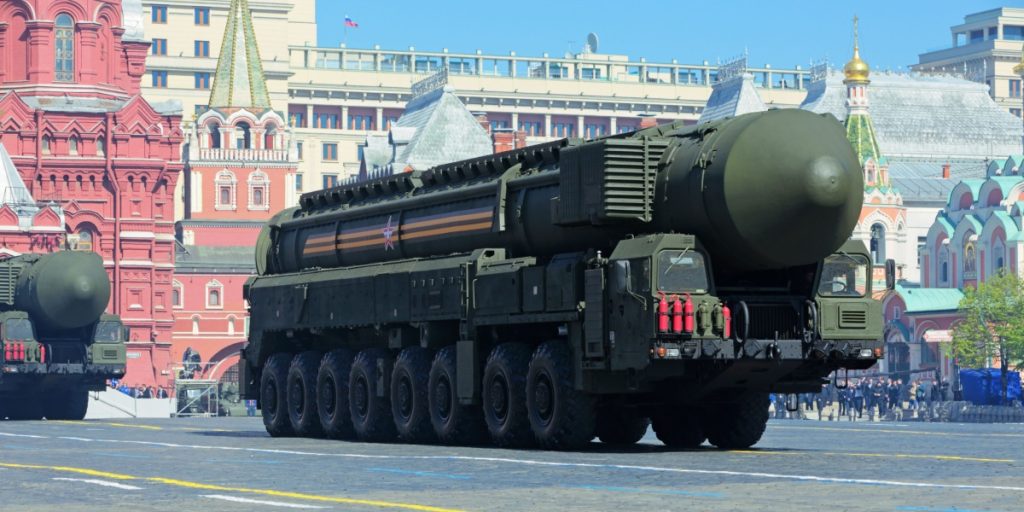Moscow is intent on reminding the world of its nuclear capabilities.
Others are reading now
Russia has deployed its nuclear-capable RS-24 Jars missile systems closer to NATO’s borders, raising concerns across the West.
Testing Crews Ability
According to a statement from the Russian Ministry of Defense, strategic missile units are conducting intensive exercises along patrol routes that stretch up to 100 kilometers, signaling Moscow’s intent to remind the world of its nuclear capabilities.
The exercises involve various tactical maneuvers, including the concealment of the missile launchers, machine protection, and the simulation of enemy air raids and reconnaissance, according to WP.
These drills also test the crews’ ability to repel sabotage attempts and assess the effectiveness of commanding large missile units. The Russian defense ministry has noted that these drills are intended to evaluate the overall preparedness of the Jars missile system and the capabilities of the crews to respond to potential threats.
Also read
Broader Nuclear Strategy
While the movement of these missile systems is significant, it does not necessarily mean that the RS-24 Jars missiles will be placed into active combat. Similar exercises have been conducted earlier this year as part of Russia’s broader nuclear deterrence strategy.
The RS-24 Jars missile system is a critical component of Russia’s nuclear triad, which ensures the country’s ability to launch nuclear strikes from land, sea, and air.
The nuclear triad is a strategic military framework maintained by only a handful of nations, including the United States, China, and India. This capability provides Russia with flexibility in responding to various threats, reinforcing its nuclear deterrence posture.
The RS-24 Jars missile itself is an intercontinental ballistic missile (ICBM) that measures 23 meters in length and 1.9 meters in diameter, with a launch weight of 46 tons. It has a range of 11,000 kilometers, allowing it to reach almost any point on the globe.
The missile is equipped with a combination of inertial guidance and the Russian GLONASS system, giving it a high degree of accuracy, with a circular error probable (CEP) of just 250 meters. The mobile launchers, mounted on MZKT-79221 vehicles, can travel up to 500 kilometers at speeds of 45 km/h.


